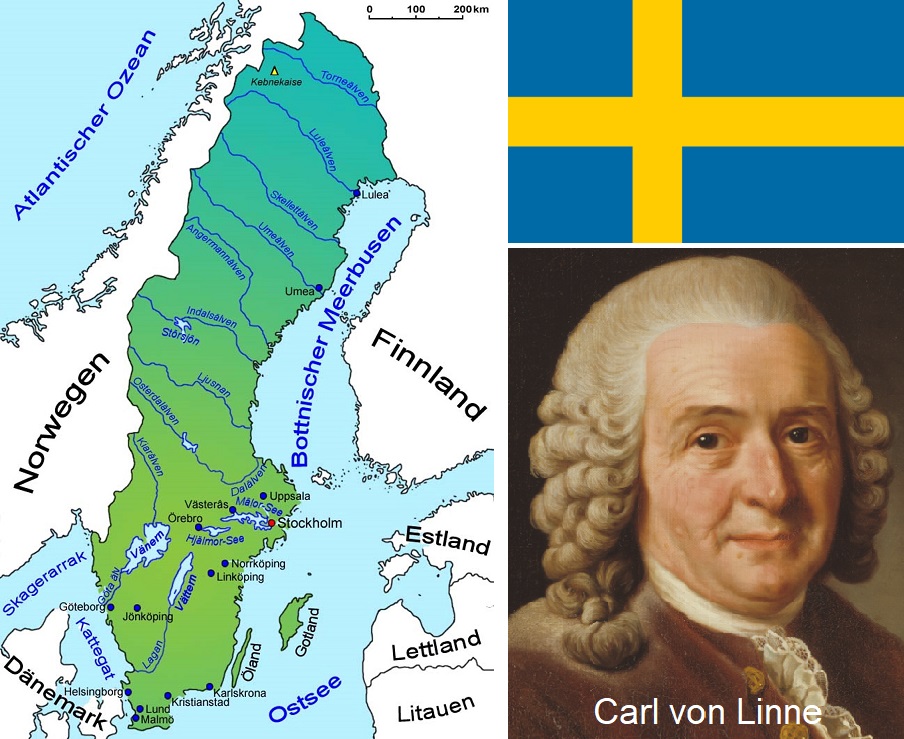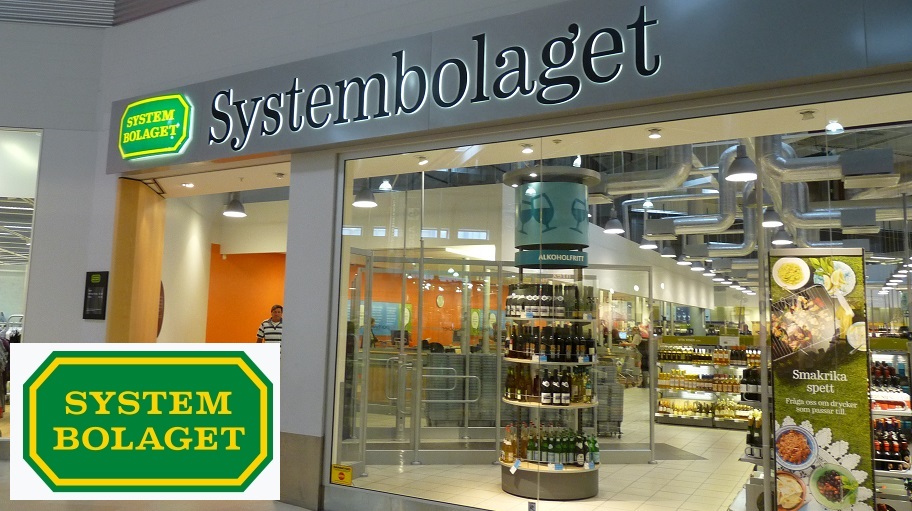Results
2,284 Results
Loading more Results ...
Loading more Results ...
Sweden
| Sweden |
Description to Sweden
The Kingdom of Sweden (Swedish: Sverige) in northern Europe with its capital Stockholm covers 447,435 km². It borders Norway and Finland as well as the Baltic Sea, the Kattegat and the Skagerrak (easternmost part of the North Sea). Since the Öresund Bridge was opened in 2000, there has also been a direct land connection to Denmark. Sweden has 221,800 islands, the three largest of which are Gotland (2,994 km²), Öland (1,347 km²) and Orust (346 km²). Sweden is divided into three parts: Norrland (northern Sweden), Svealand (central Sweden) and Götaland (southern Sweden).

Viticulture
The Swedish natural scientist Carl von Linné (1707-1778), who laid the foundations of modern botanical and zoological taxonomy with his binominal nomenclature, reported on frozen vines in the southern Swedish province of Skåne. So there must have been viticulture or at least the cultivation of vines here as early as the 18th century. In any case, these vineyards were among the most northerly vineyards. The former poultry farmer Percy Månsson was already involved in viticulture from the early 1960s until 1998, when he planted vines in the municipality of Skillinge near the Baltic Sea coast, founded the first Swedish commercial vineyard and named it "Domäne Sånana" after a local term for sandy soil. He experimented with different varieties such as Riesling, Pinot Noir, Chardonnay, Kerner and Rondo. The first wine was made from Rondo.
Sweden is particularly affected by climate change, which has a positive effect on viticulture. Since the end of the 19th century, the rise in temperature has been around twice as high as the global average. This has resulted in significantly warmer and longer summers and winter temperatures that are almost two degrees higher. New vineyards have been planted in Skåne in particular. The number of vineyards has risen from four to 40 in just one decade. The most common varieties are the fungus-resistant PIWI varieties such as Phoenix, Regent, Rondo and Solaris. In 2022, these occupied 150 hectares.

Wine culture
There is a special social approach to alcohol consumption in Sweden. It is unusual to drink alcohol during the week. The vast majority of the population abstains from drinking from Monday to Thursday. In most municipalities, drinking alcohol in public is prohibited. The state holds the alcohol monopoly. All retail sales of spirits, wine and beer with an alcohol content of over 3.5% vol. are organised by the state-owned company Systembolaget. Prices are higher than in other European countries. Light beer with a lower alcohol content can be bought in supermarkets. Alongside beer, glögg ( mulled wine) is one of the most popular alcoholic drinks.
Map: © Goruma
Flag: by Jon Harald Søby and others - Public domain, Link
Systembolaget - system-bolaget, Public domain, Link
Source 1st paragraph: WIKIPEDIA Sweden